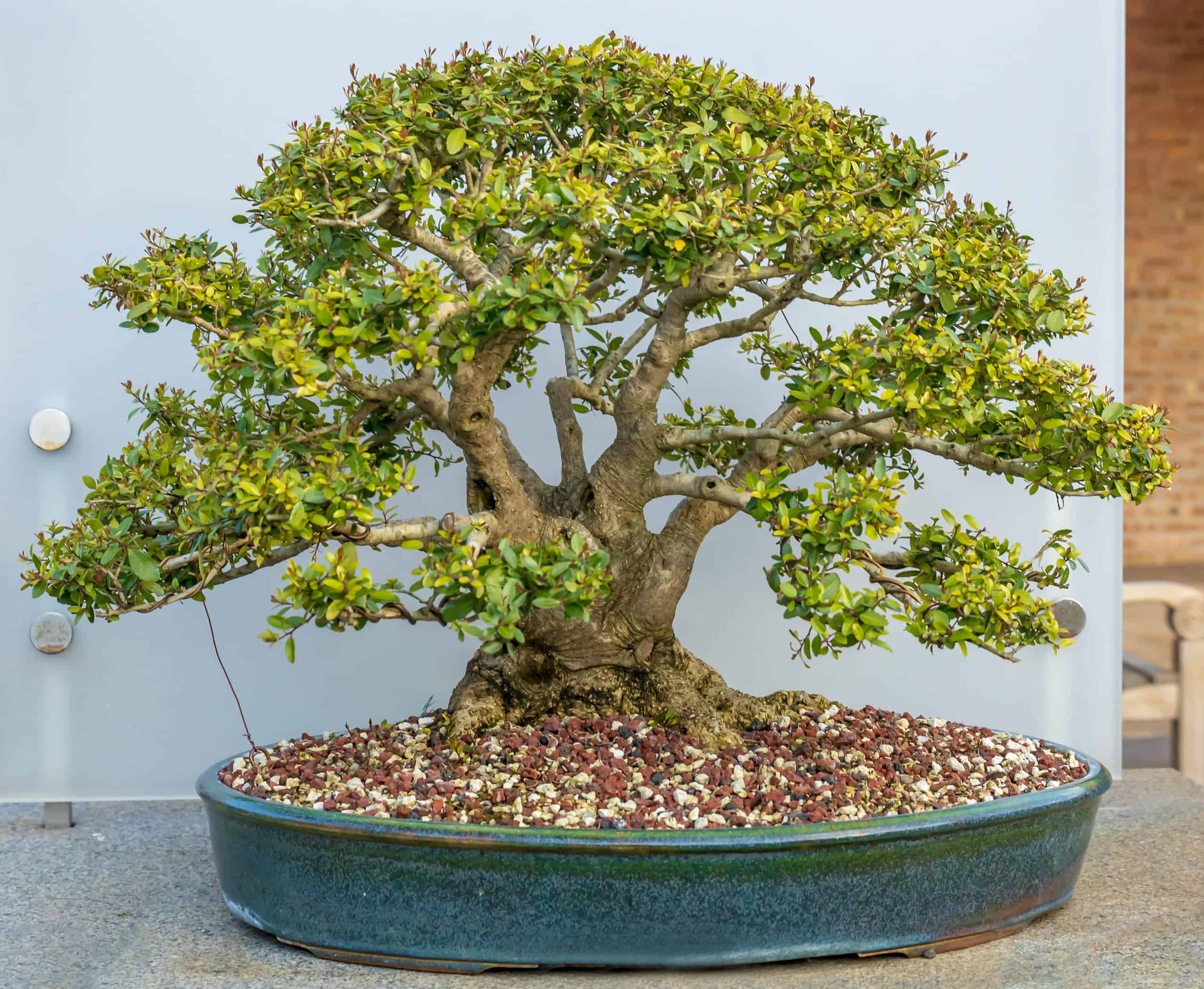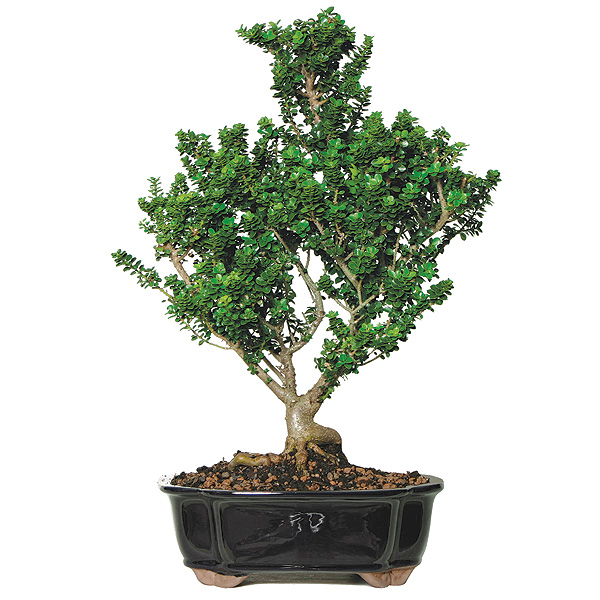Holly bonsai trees need regular watering and proper sunlight. Pruning helps maintain their compact shape.
Holly bonsai trees are a delightful addition to any indoor or outdoor garden. These miniature trees require consistent care to thrive. Watering should be frequent but moderate, ensuring the soil remains moist but not waterlogged. Sunlight is crucial; place the bonsai in a spot where it can receive at least four to six hours of indirect sunlight daily.
Pruning and trimming are essential to keep the tree’s shape and size manageable. Use sharp, sterile tools to prevent disease and promote healthy growth. Fertilize the tree monthly during its growing season for optimal health. With proper care, a holly bonsai can be a beautiful, long-lasting part of your garden.

Credit: a-z-animals.com
Introduction To Holly Bonsai
The Holly Bonsai tree has a rich history. It originated in East Asia. People in Japan and China highly value it. They have used it for centuries in gardens. It symbolizes peace and friendship. The tree has glossy green leaves. It also produces bright red berries. These features make it a popular choice.
The Holly Bonsai tree has unique traits. It has small, shiny leaves. The leaves are dark green. The tree produces beautiful red berries. It grows very slowly. The tree can live for many years. Its bark is smooth and grey. This tree is an evergreen. It stays green all year round. The Holly Bonsai is easy to shape and prune.
Choosing The Right Holly Bonsai
There are several popular varieties of Holly Bonsai. The Japanese Holly has small leaves and is easy to shape. The Chinese Holly has glossy, dark green leaves. The American Holly is known for its bright red berries. Each type has unique features. Choose one that fits your space and style.
Look for a tree with bright leaves and strong branches. Avoid trees with yellow or wilted leaves. Check the roots to ensure they are not tangled or rotting. A healthy tree will have a strong, firm trunk. Healthy leaves and strong roots are key.
Ideal Growing Conditions
Holly bonsai trees need bright, indirect sunlight. Direct sunlight can burn their leaves. Place them near a window with filtered light. Rotate the tree weekly to ensure even light exposure. Lack of light may stunt its growth.
The ideal temperature for holly bonsai is between 60°F and 75°F. Avoid exposing them to sudden temperature changes. They also prefer moderate humidity levels. Use a humidity tray or mist the leaves daily. Dry air can harm the tree.

Credit: www.bonsaioutlet.com
Watering Techniques
Proper watering techniques are crucial for Holly Bonsai Tree care. Ensure the soil remains consistently moist but not waterlogged. Regularly check the moisture level to maintain optimal health.
Frequency And Amount
Bonsai trees need regular watering. Water your Holly Bonsai every two to three days. Make sure the soil is moist but not soggy. Use a watering can with a fine nozzle. This helps to evenly distribute the water. Let the water drain out from the bottom.
Signs Of Overwatering
Leaves may turn yellow if you overwater. The soil might feel constantly wet. You may notice a musty smell from the soil. Mold might grow on the surface. Overwatering can rot the roots. Check the soil before watering again.
Soil And Fertilization
Holly bonsai trees need well-draining soil. A mix of Akadama, pumice, and lava rock works well. This mix helps keep the roots healthy. Avoid heavy clay soils. They can hold too much water. Soil should be slightly acidic for the best growth. Check the soil pH regularly. Aim for a pH between 5.5 and 6.5.
Holly bonsai trees need balanced nutrients. Use a slow-release fertilizer. This helps provide nutrients over time. Nitrogen, phosphorus, and potassium are important. These nutrients help the tree grow strong. Apply fertilizer every four weeks during the growing season. Reduce fertilizing in the winter. Too much fertilizer can harm the tree. Always follow the package instructions.
Pruning And Shaping
Use sharp pruning shears for clean cuts. Dull tools can damage the tree. Wire cutters are needed to shape branches. Always sanitize tools before use. This prevents disease spread. Start by removing dead leaves and branches. Next, trim overgrown areas carefully. Bend branches with bonsai wire for shaping. Avoid cutting too much at once. This can stress the tree.
Prune your Holly Bonsai tree in early spring. This is the best time for growth. Avoid pruning in winter. The tree is dormant then. Pruning in summer is also fine. Just be gentle. Always check the weather. Avoid very hot days. Pruning on a cool day is best. This helps the tree recover faster.
Pest And Disease Management
Holly bonsai trees often face pests like aphids, spider mites, and scale insects. Aphids are tiny green or black insects. They suck sap from leaves. Spider mites are very small and red. They create webs on the leaves. Scale insects look like tiny brown bumps. They stick to the stems and leaves.
Regular inspection is key to keeping pests away. Check leaves and stems weekly. Wash the tree with a gentle spray of water. This can remove many pests. Use insecticidal soap if pests persist. Ensure good air circulation around the tree. Avoid overwatering to prevent mold.

Credit: www.bonsaiempire.com
Repotting Guidelines
Repot your Holly Bonsai tree every 2-3 years. Early spring is the best time. Look for signs like roots growing out of the pot. If the soil dries out quickly, it’s time to repot.
First, remove the tree gently from its pot. Trim away any tangled or long roots. Prepare a new pot with fresh soil mix. Place the tree in the new pot and fill with soil. Water thoroughly after repotting.
Seasonal Care Tips
Ensure your Holly Bonsai thrives by adjusting watering habits according to the season. Trim branches in spring for optimal growth.
Winter Protection
The Holly Bonsai needs special care in winter. Place the tree in a sheltered spot. Keep it away from strong winds and frost. Use a cold frame or an unheated greenhouse for best results. Watering should be less frequent but never let the soil dry out completely. Mulching around the base helps retain moisture and insulates the roots.
Summer Maintenance
During summer, the Holly Bonsai needs plenty of sunlight. Ensure the tree gets at least six hours of sunlight daily. Water the tree regularly to keep the soil moist. Pruning in summer keeps the tree in shape. Use a balanced fertilizer every two weeks. Check for pests like aphids and mites and treat them promptly.
Troubleshooting Common Issues
Leaves can turn yellow due to overwatering. Make sure the soil is well-drained. Underwatering can also cause leaf discoloration. Feel the soil to check moisture. Nutrient deficiencies can be another reason. Use a balanced fertilizer. Pests like spider mites can suck sap, causing leaves to change color. Inspect leaves regularly for pests. Poor lighting can lead to discoloration. Ensure your bonsai gets enough light. Temperature changes can stress the tree. Keep it in a stable environment.
Slow growth can be due to poor soil quality. Use nutrient-rich soil for planting. Over-pruning can stunt growth. Be careful not to cut too much. Root-bound pots can restrict growth. Repot your bonsai every couple of years. Lack of sunlight can also slow growth. Place the tree in a sunny spot. Pests and diseases can hamper growth. Check for any signs of infestation or illness. Watering issues can cause growth problems. Make sure the tree gets the right amount of water.
Conclusion
Caring for a Holly Bonsai tree is rewarding and enjoyable. Follow these simple tips for a thriving bonsai. Remember to water, prune, and monitor sunlight consistently. With patience and dedication, your Holly Bonsai will flourish. Start your bonsai journey today and experience the beauty of this miniature tree.

